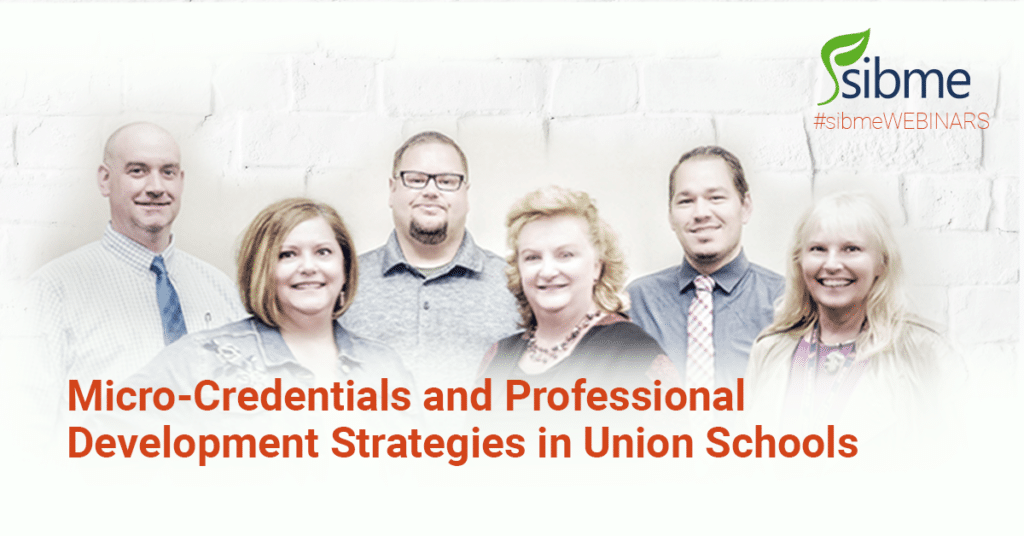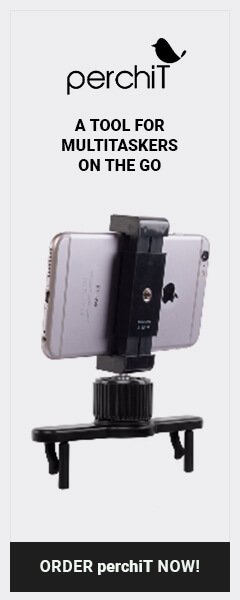
Join us for a conversation with Dr. Donna Spangler and the faculty of Hershey Middle School to hear about the innovative ways she has worked with teachers unions to provide meaningful, job embedded professional development on her campus. Get specific examples of Microcredentials you can use with your teachers today. Plus, hear from real teachers about how using video-enhanced Microcredentials impacted their professional growth and their student’s achievement.
Watch NowMicrocredentials as a Disruptive Innovation in Education
Traditional professional learning and student learning:
- Outdated
- Vague and static communication device
- Combine many topics into unclear learning
- Often does not result in “doing”
Transformative potential of micro-credentials:
- Increases transparency and quality of professional learning activities and services
- Transforms communication about learning
- Represents discrete learning that the earner of the micro-credential knows, understands, and / or has demonstrated the ability to do
What is Microcredentialing?
It is the process of earning a micro-credential which is recognition achieved through demonstrating mastery of a defined skill or competency.
What it is:
- Competency-based
- Self-directed with a personalized component
- Demonstration of new or existing expertise
- Available on demand
- Job-embedded
- Learning by doing
What it is not:
- Seat-time based
- One-size-fits-all without opportunities to offer choice or personalize
- Everyone shows expertise exactly the same way
- Available only at set times
- Separate from school or classroom context
- Learning by memorizing information
Some Misconceptions and Challenges of Microcredentialing
Misconceptions:
- Must be purchased from an outside, often for-profit, organization
- Easy to put together this kind of professional learning
- “Activities” versus actual structured “competency-based learning”
- Doesn’t take time to create a quality micro-credential
Challenges:
- Time factor
- Misuse as extrinsic motivation to entice learners
- Too many micro-credentials or badges that they lose their meaning
- Grain size associated with micro-credentials results in granular approach
- Unless careful, “parts don’t equal the whole”
Watch Now
 Hosted by Jarod Bormann from Professionally Driven
Hosted by Jarod Bormann from Professionally Driven
Microcredential Panelists


- Dr. Donna Spangler—Creator of the HMS Micro-credentialing Project and instructional coach at the middle school
- Mrs. Barbara Clouser—Hershey Education Association President and instructional coach at the high school
- Dr. Aaron Shuman—Hershey Middle School Assistant Principal
- Mrs. JoAnn Delaney—6th grade geography teacher and HMS Micro-credentialing Year 1 participant
- Mr. Greg Eckert—7th grade ELA teacher and HMS Micro-credentialing Year 1 participant
- Mrs. Renée Owens—8th grade ELA teacher and HMS Micro-credentialing Year 2 participant
- Mr. Nate Beamer—8th grade ELA American Cultures teacher and Micro-credentialing Year 2 participant
Special thanks to Miss Christen Manari for running our tech today for the meeting.
Watch Now

